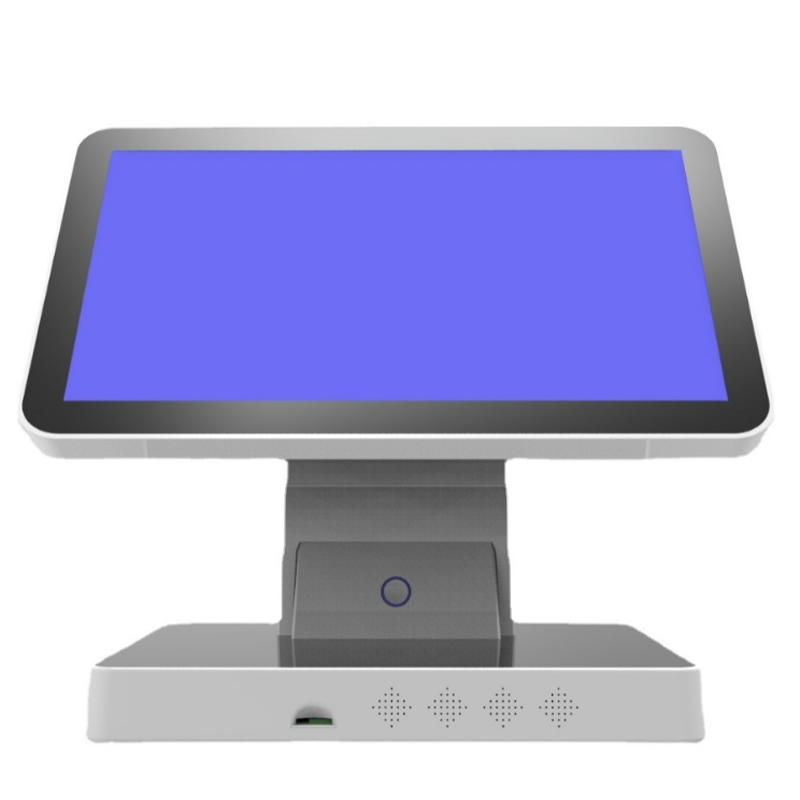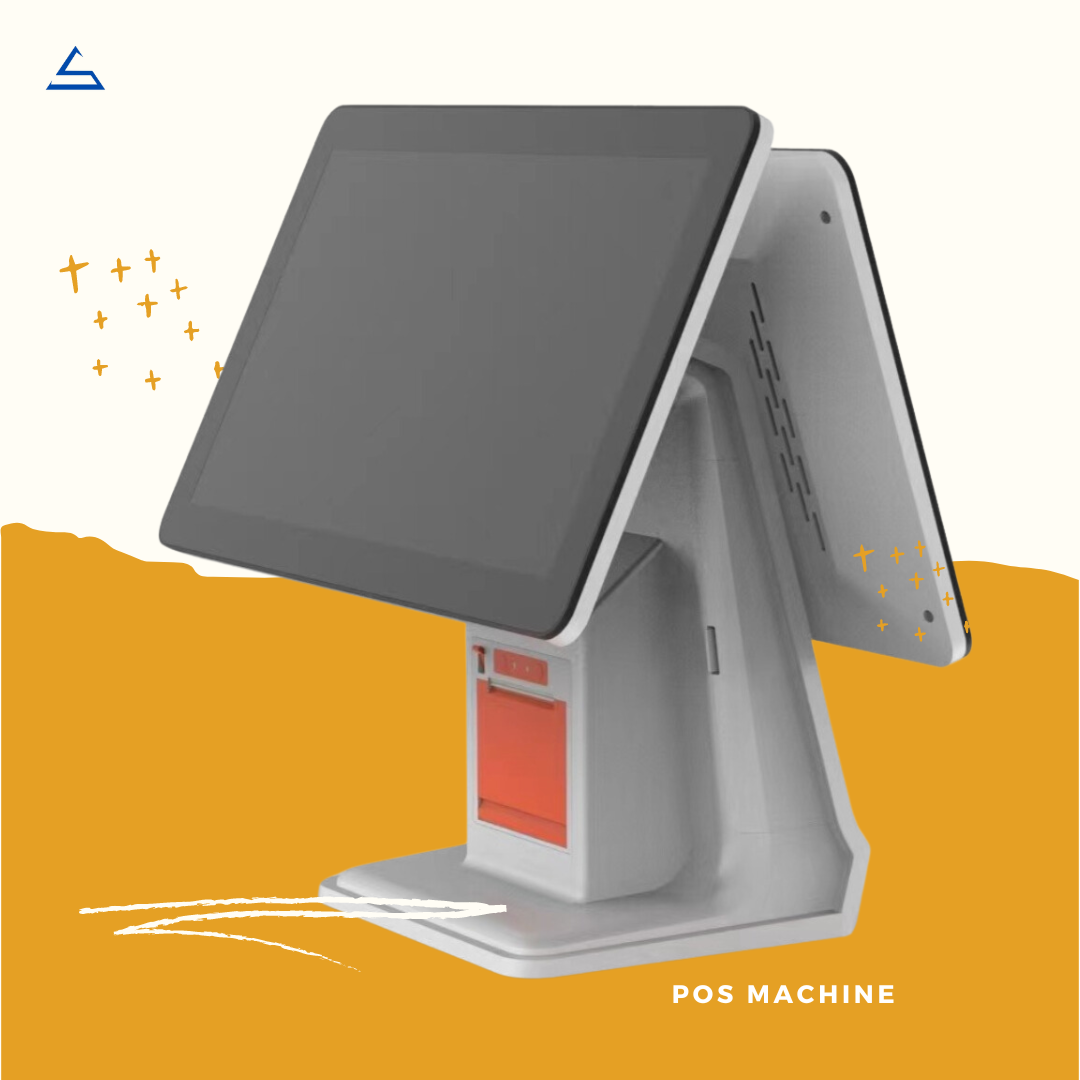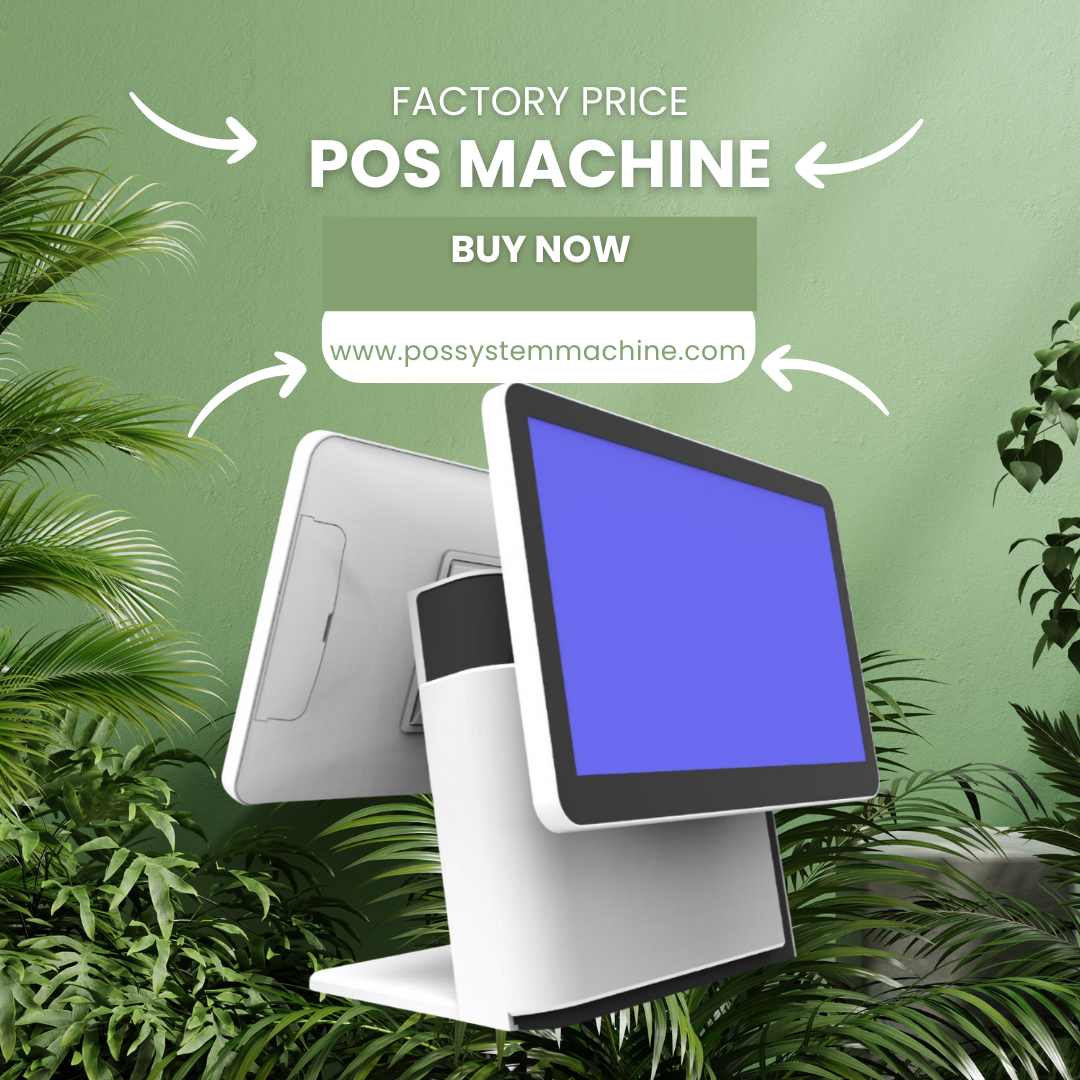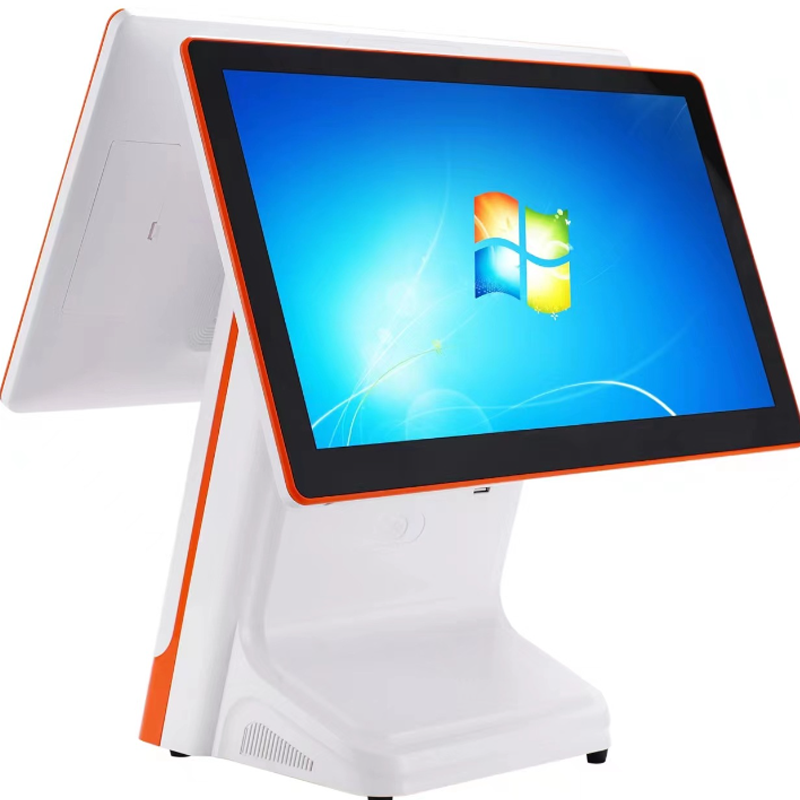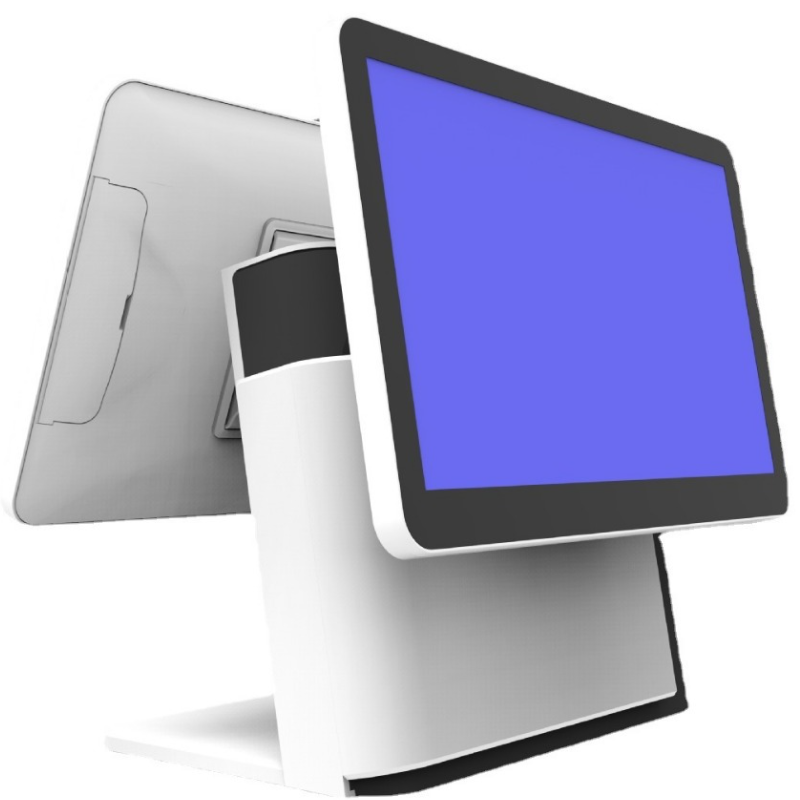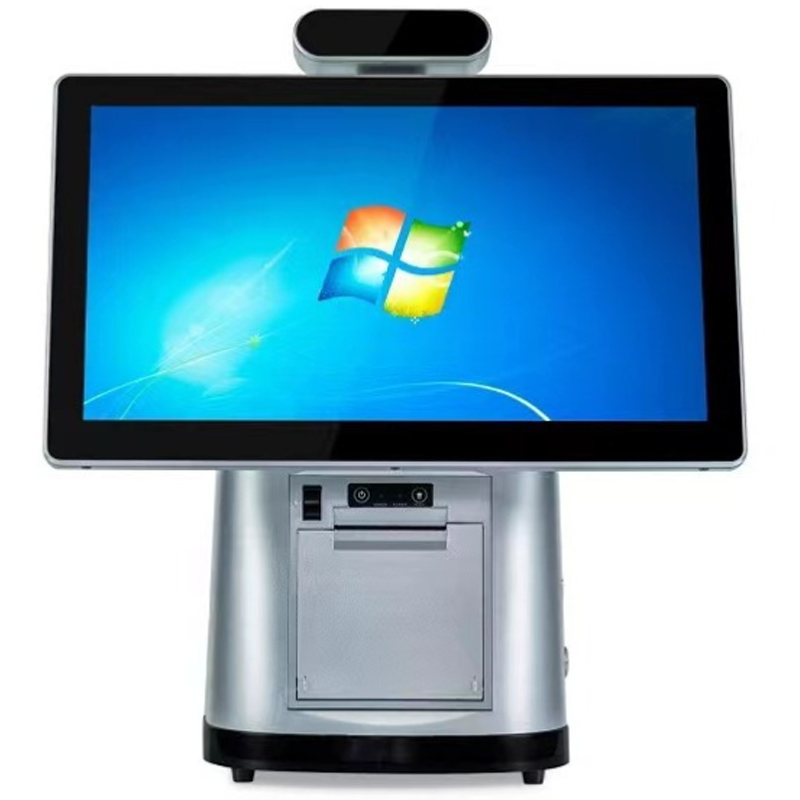как да изберете правилната POS система
Съдържание
Резюме
In today’s fast-paced restaurant industry, a Point of Sale (POS) system is the unsung hero behind smooth operations and satisfied customers. But have you ever wondered how these systems actually work? This article will demystify the inner workings of restaurant POS systems, exploring their components, functions, and benefits. Whether you’re a restaurant owner, manager, or simply a curious diner, understanding POS systems can give you valuable insights into the technology that powers modern dining experiences.
What is a Restaurant POS System?
A restaurant POS system is more than just a fancy cash register. It’s a comprehensive tool that combines hardware and software to manage various aspects of restaurant operations. At its core, a POS system processes transactions, but it also handles tasks like order management, inventory tracking, and reporting.Съвременни POS системите обикновено включват:
- Touchscreen terminals
- Касови чекмеджета
- Принтери за разписки
- Kitchen display systems
- Handheld devices for tableside ordering
- Payment processing hardware
These components work together to create a seamless flow of information from the front of the house to the back, improving efficiency and accuracy throughout the restaurant.
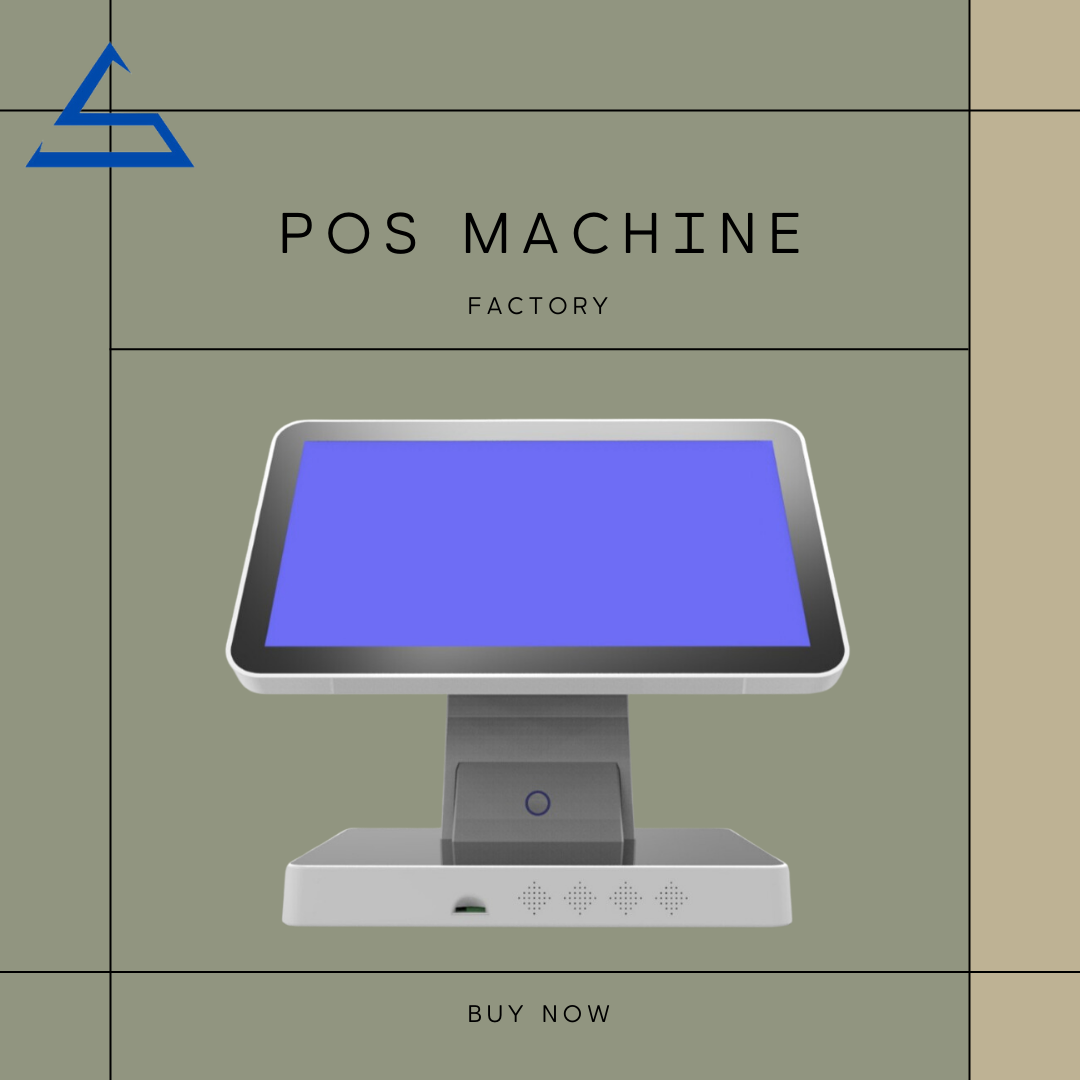
How Does a Restaurant POS System Process Orders?
The order processing function is at the heart of any restaurant POS system. Here’s how it typically works:
- Order Entry: A server inputs the order into the POS terminal or a handheld device.
- Transmission: The order is instantly sent to the kitchen display system or printer.
- Preparation: Kitchen staff prepares the order based on the information received.
- Status Updates: The POS system tracks the order status, from preparation to serving.
- Payment: When the meal is complete, the server processes payment through the POS.
This streamlined process reduces errors, improves communication between staff, and enhances the overall dining experience for customers.
What Role Does a POS System Play in Inventory Management?
Inventory management is a crucial function of modern restaurant POS systems. Here’s how it works:
- Real-time Tracking: As items are sold, the POS automatically updates inventory levels.
- Low Stock Alerts: The system can notify managers when items are running low.
- Waste Reduction: By tracking usage patterns, restaurants can optimize their ordering and reduce waste.
- Menu Engineering: Data from the POS can help identify popular items and inform menu decisions.
Effective inventory management through a POS system can significantly improve a restaurant’s profitability by reducing waste and ensuring popular items are always in stock.
How Does a Restaurant POS System Handle Payments?
Payment processing is a critical function of any POS system. Here’s how it typically works:
- Bill Calculation: The system automatically calculates the total, including taxes and gratuities.
- Payment Options: Most systems accept various payment methods, including cash, credit cards, and mobile payments.
- Secure Processing: POS systems use encryption to protect sensitive payment information.
- Tip Management: Many systems allow for easy tip allocation and reporting.
- Receipt Generation: The system can print or email receipts to customers.
By streamlining the payment process, POS systems can improve accuracy, reduce wait times, and enhance the overall customer experience.
What Reporting and Analytics Features Do Restaurant POS Systems Offer?
One of the most valuable aspects of a modern POS system is its ability to generate detailed reports and analytics. These features typically include:
- Sales Reports: Break down sales by item, time period, or server.
- Labor Reports: Track employee hours, productivity, and labor costs.
- Inventory Reports: Monitor stock levels and identify trends in usage.
- Customer Data: Analyze customer preferences and buying habits.
- Financial Summaries: Generate profit and loss statements and other financial reports.
These insights can help restaurant owners make data-driven decisions to improve their operations and boost profitability.
How Do Cloud-Based POS Systems Differ from Traditional On-Premise Systems?
Базиран на облак POS systems have become increasingly popular in recent years. Here’s how they differ from traditional on-premise systems:
- Data Storage: Cloud-based systems store data on remote servers, while on-premise systems store data locally.
- Accessibility: Cloud systems can be accessed from anywhere with an internet connection.
- Updates: Cloud systems receive automatic updates, while on-premise systems may require manual updates.
- Cost Structure: Cloud systems often have lower upfront costs but ongoing subscription fees.
- Scalability: Cloud systems are typically easier to scale as your business grows.
Many restaurants are opting for cloud-based systems due to their flexibility and lower initial investment, but the right choice depends on your specific business needs.
How Does a POS System Integrate with Other Restaurant Technologies?
Modern POS systems are designed to integrate with various other restaurant technologies, creating a cohesive ecosystem. Some common integrations include:
- Online Ordering Platforms: Seamlessly incorporate orders from third-party delivery services.
- Reservation Systems: Manage table assignments and wait lists more efficiently.
- Accounting Software: Automatically sync sales data for easier bookkeeping.
- Customer Relationship Management (CRM) Tools: Track customer preferences and loyalty programs.
- Kitchen Display Systems: Improve communication between front-of-house and kitchen staff.
These integrations can significantly enhance a restaurant’s operational efficiency and customer service capabilities.

What Security Features Do Restaurant POS Systems Offer?
Security is a critical concern for any system handling financial transactions. Modern POS systems typically include:
- Encryption: Protect sensitive data during transmission and storage.
- User Authentication: Require unique logins for each staff member to track actions.
- PCI Compliance: Ensure the system meets payment card industry security standards.
- Data Backups: Regularly back up data to prevent loss in case of system failures.
- Fraud Prevention: Implement measures to detect and prevent fraudulent activities.
These security features help protect both the restaurant and its customers from potential threats.
Как да изберете подходящата POS система за вашия ресторант?
Избор на подходящ POS system for your restaurant is a crucial decision. Here are some factors to consider:
- Restaurant Type: Different systems cater to different types of establishments (e.g., full-service, quick-service, bars).
- Features Needed: Identify must-have features based on your specific operational needs.
- Бюджет: Вземете предвид както първоначалните разходи, така и текущите такси.
- Ease of Use: Look for systems with intuitive interfaces to minimize training time.
- Мащабируемост: Изберете система, която може да расте заедно с вашия бизнес.
- Customer Support: Ensure the provider offers reliable technical support.
It’s often helpful to use a POS comparison tool to evaluate different options side by side.
What Are the Latest Trends in Restaurant POS Technology?
The restaurant POS industry is constantly evolving. Here are some current trends to watch:
- Mobile POS: Increased use of tablets and smartphones for tableside ordering and payment.
- Contactless Payments: Growing demand for touchless payment options.
- AI-Powered Analytics: Advanced data analysis for more accurate forecasting and decision-making.
- Omnichannel Integration: Seamless connection between in-store, online, and mobile channels.
- Self-Service Kiosks: Allowing customers to place orders and pay without staff interaction.
Staying informed about these trends can help restaurant owners make future-proof technology decisions.In conclusion, a well-implemented POS system can revolutionize restaurant operations, improving efficiency, accuracy, and customer satisfaction. By understanding how these systems work, restaurant owners and managers can make informed decisions about implementing or upgrading their technology infrastructure.
Етикети
Продукт
Блог
Свържете се с нас
Свързани продукти
Често задавани въпроси за производството на дървени кутии

